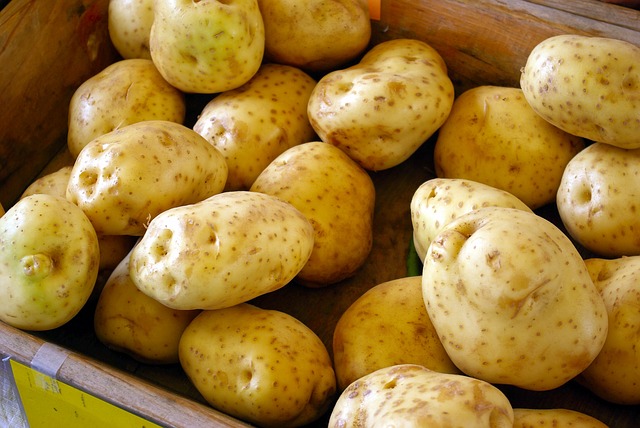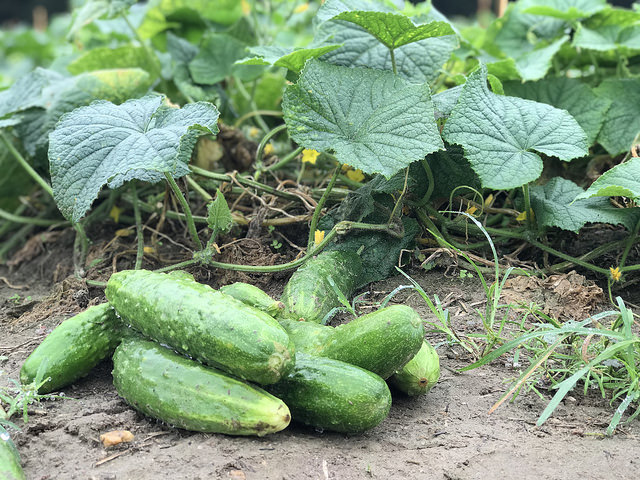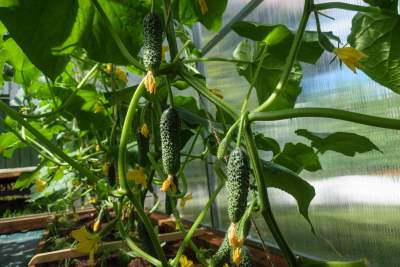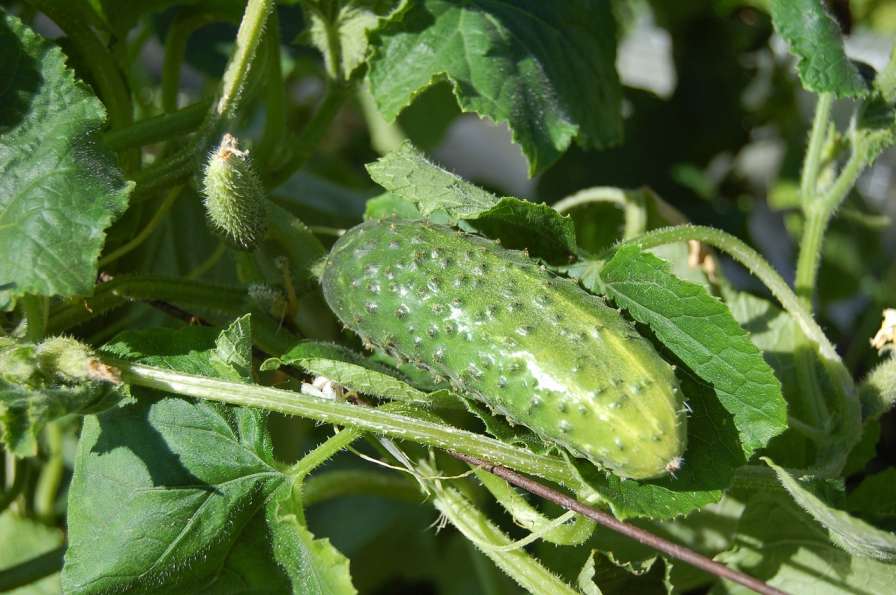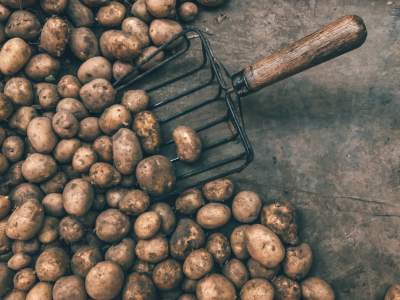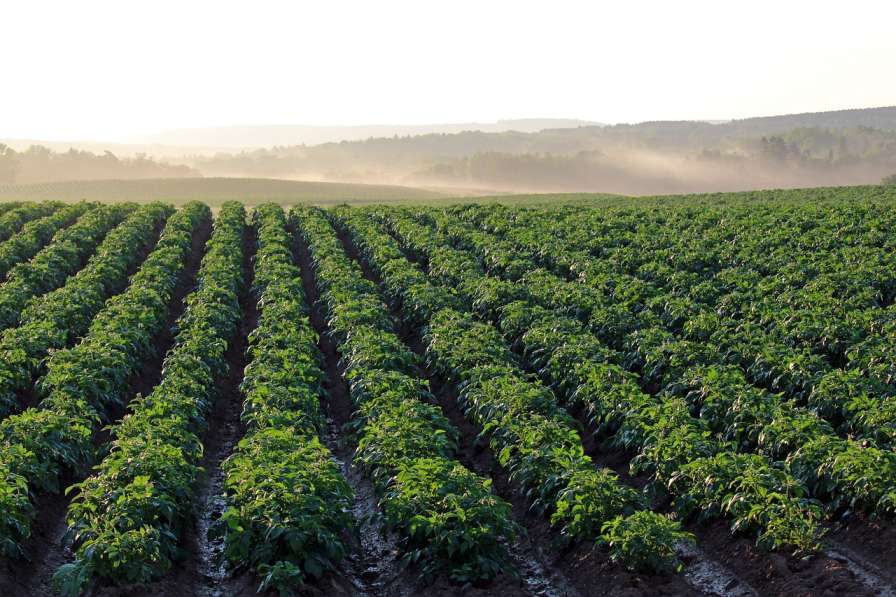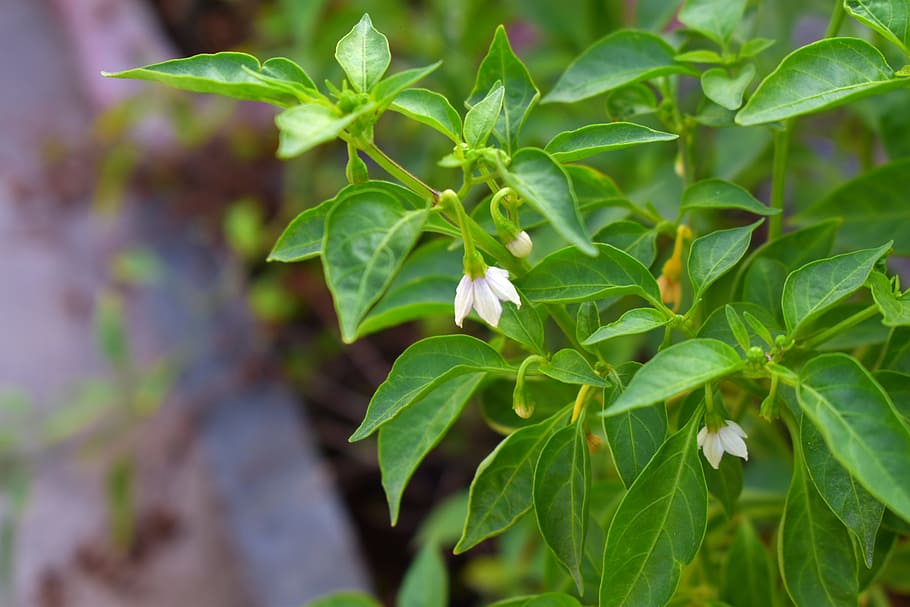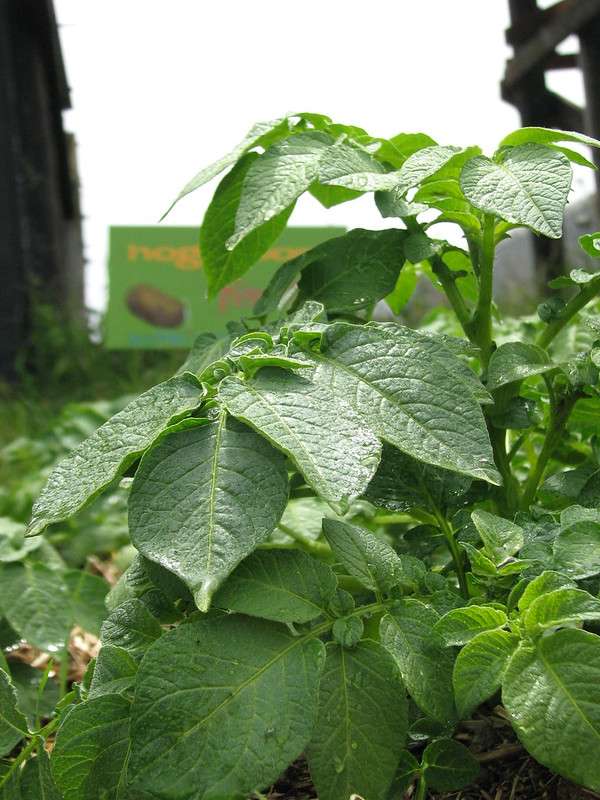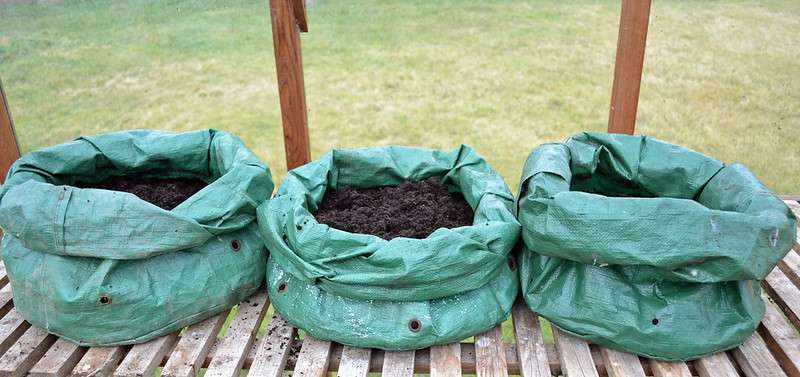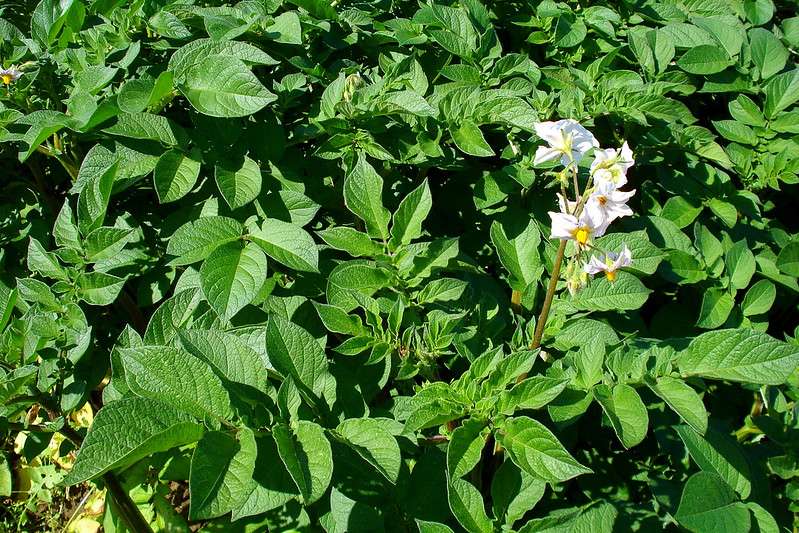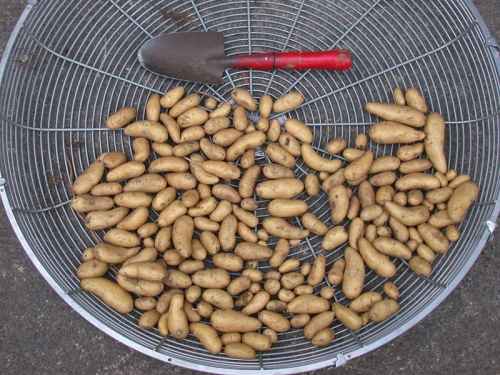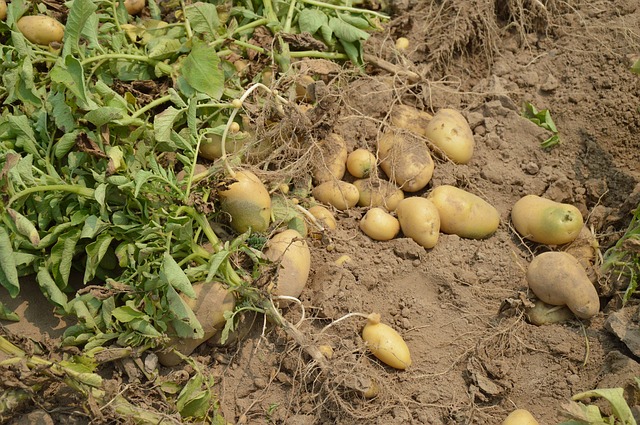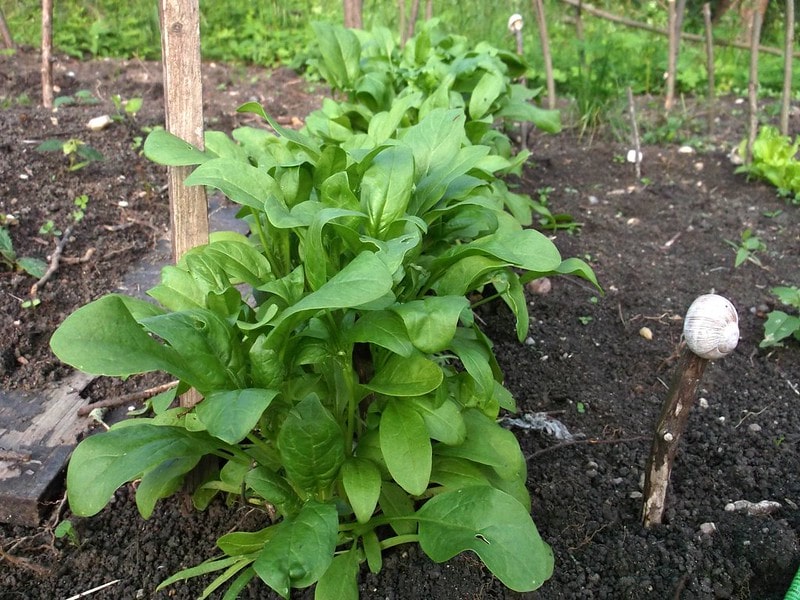Composting is a simple and effective way to reduce waste and create nutrient-rich soil for your garden. Not only is it good for the environment, but it also saves you money on fertilizer and helps reduce your carbon footprint.
Composting is a sustainable practice that not only reduces household waste but also enriches soil and benefits the environment. Whether you live in an urban apartment or a rural farm, there’s a composting method that’s perfect for you.
We’ll dive into 6 amazing composting techniques that will take your gardening game to the next level. From vermicomposting to composting in a bin, we’ll cover everything you need to know to get started on your composting journey.
1. Composting with a Tumbler
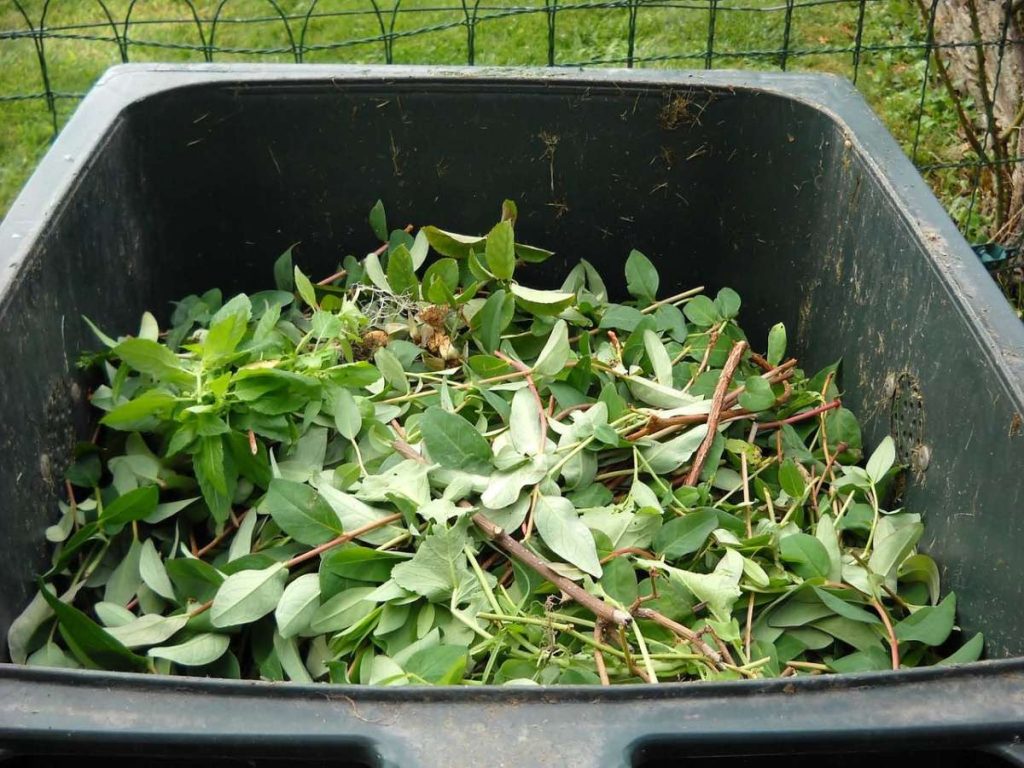
Composting with a Tumbler is a convenient and efficient method of composting for those who want to speed up the composting process and make it easier to turn the compost.
A compost tumbler is a rotating drum that is mounted on a stand. As the drum rotates, it aerates the compost and helps to mix and distribute moisture evenly, which speeds up the composting process.
One of the key benefits of composting with a tumbler is that it allows for composting in a small space. Tumblers come in a variety of sizes, making them suitable for urban dwellers with limited outdoor space.
They are also easy to use, simply add your compost ingredients to the tumbler and give it a turn every few days to aerate the compost.
2. Vermicomposting
Vermicomposting is a method of composting that uses red wigglers, also known as red earthworms, to break down organic material into nutrient-rich compost. This method of composting is ideal for those who want to compost indoors or who have limited outdoor space.
Vermicomposting starts with a bin that contains bedding material, such as shredded newspaper or coir, and a population of red wigglers.
Kitchen scraps and other organic waste are added to the bin, and the worms feed on the waste, breaking it down into compost. As the worms consume the organic matter, they produce castings, which are nutrient-rich and can be used as a soil amendment.
This method can be performed outdoors, in basements, attached garages or even in a 15-gallon container under the kitchen sink, no matter where you live.
3. Composting in an open Bin
Composting in an open bin is a traditional and simple method of composting that involves creating a compost pile in a designated area of your yard.
Open bins offer versatility for both hot and cold composting, making them a great choice. This method of composting is ideal for those who have ample outdoor space, as the compost pile can be quite large.
To start, you’ll need a compost bin or simply designate a space in your yard for your compost pile. You can build a bin using wooden pallets or purchase a ready-made bin.
Once you have your bin, you can start adding organic waste to the pile. This can include kitchen scraps, leaves, grass clippings, and other yard waste.
One of the advantages of composting in an open bin is that it’s easy to add waste to the pile, and it’s simple to turn the compost. This method is also ideal for those who want to compost a large quantity of waste, as the bin can be as large as needed.
4. Pit Composting
Pit composting involves digging holes or trenches and burying organic waste within them. This composting method involves minimal effort as you simply need to dig the pit, add the waste, and let it decompose over a period of several months to a year.
During this time, the organic materials will break down naturally and eventually turn into nutrient-rich compost. Pit composting is a low-maintenance method that’s perfect for those who want a simple and hands-off approach to composting.
5. Bokashi Composting
Bokashi composting is a unique method of composting that uses beneficial microorganisms to ferment organic waste. Unlike traditional composting methods, Bokashi composting doesn’t rely on air, heat, or moisture to break down the organic waste.
To start Bokashi composting, you’ll need a Bokashi bin and the inoculant. You can add all types of organic waste, including meat, dairy, and cooked food, which are typically not suitable for traditional composting methods.
Once the bin is full, the organic waste will ferment for approximately two weeks, during which time the beneficial microorganisms will break down the organic waste, producing a nutrient-rich compost.
After the two-week fermentation period, the Bokashi compost can be added directly to your garden or potted plants, where it will continue to break down and provide vital nutrients to the plants.
Bokashi composting is an ideal method for those who have limited space, as the Bokashi bin can be kept indoors, and it’s also a great solution for those who want to compost all types of organic waste, including meat and dairy.
6. Combination Composting
Combination composting is a method that combines different composting techniques to create a more efficient and effective composting process.
This method is ideal for those who have a large amount of organic waste and want to compost it quickly and efficiently.
Combination composting involves two or more of the following methods: hot composting, cold composting, vermicomposting, or Bokashi composting.
You can Compost all of your kitchen waste, not just a portion of it. This method can be more complex than other methods, but it can also produce compost more quickly, and it’s ideal for those who have a large amount of organic waste and want to compost it efficiently.
Conclusion
Composting is a simple and effective way to reduce waste, improve soil health, and help the environment. With six amazing composting methods to choose from, there is a solution that is perfect for everyone, no matter where they live.
You can compost food waste, yard waste, and other organic materials in a way that is safe, sustainable, and effective.
From vermicomposting to open-bin composting, each method has its own unique benefits, and by choosing the method that is right for you, you can start composting and making a positive impact on the environment today.


